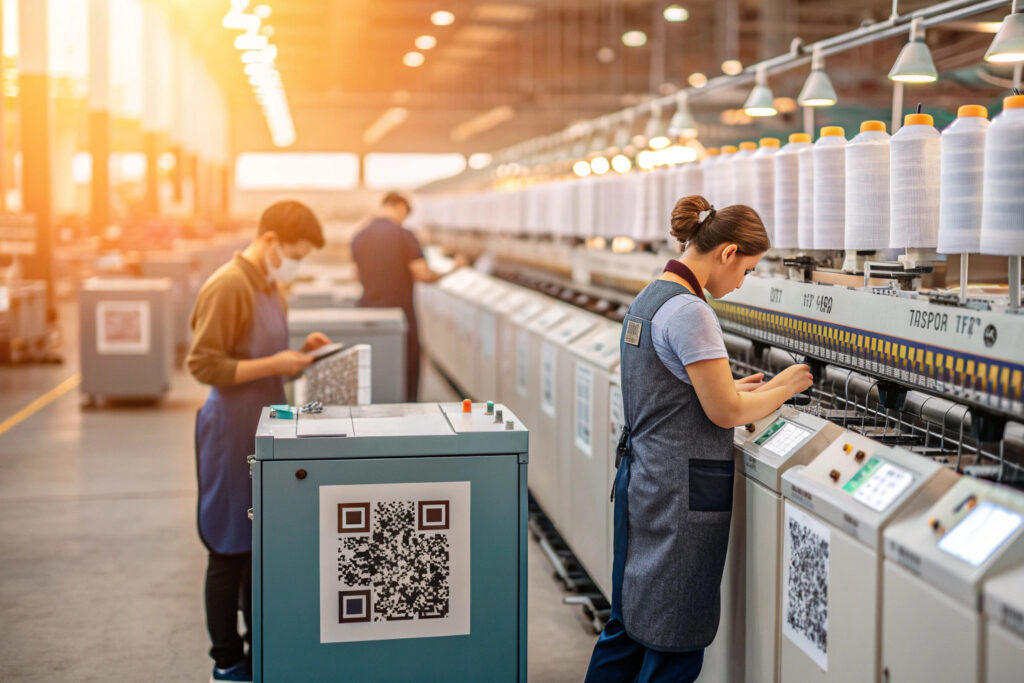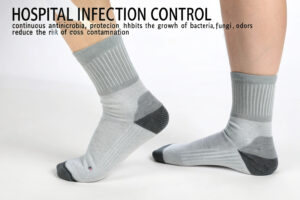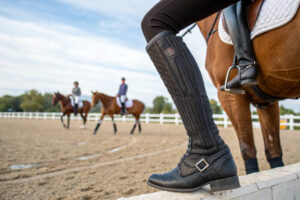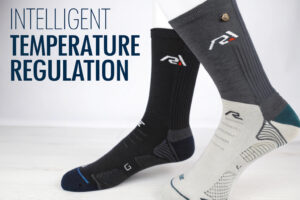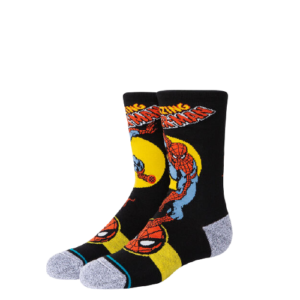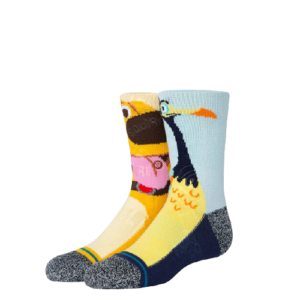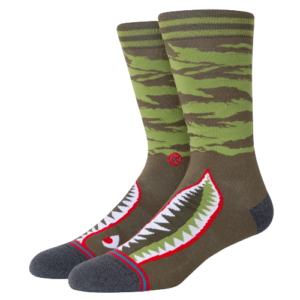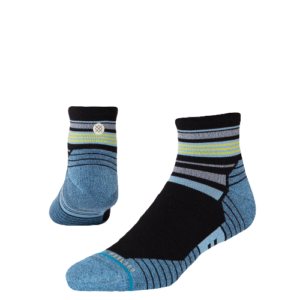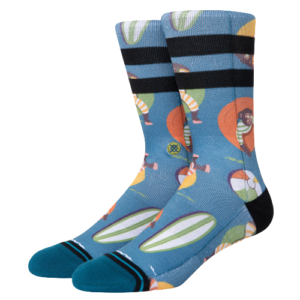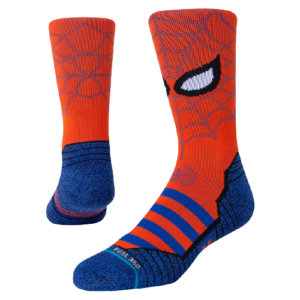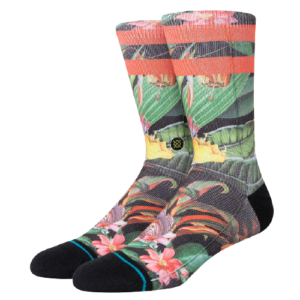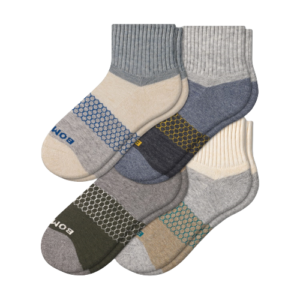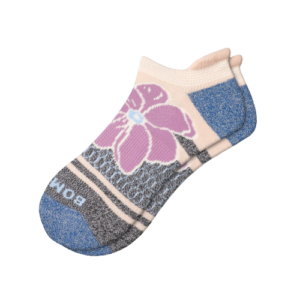In the competitive socks and hosiery industry, quality control is no longer just about visual inspections or random sampling. Buyers expect every product to meet strict international standards. For us at GlobalSock, implementing QR code tracking has transformed how we manage quality control—from yarn selection to final packaging. This approach not only boosts transparency but also reassures our customers about our reliability.
Integrating QR codes into our process allows us to store and access complete production data instantly, making it easier to identify issues, trace root causes, and verify compliance. It bridges the gap between production and client confidence, offering a direct link between the factory floor and global buyers.
Our experience shows that once you implement a robust QR code system, you reduce errors, save time, and strengthen your brand’s reputation. Now, let’s explore how to make it work effectively in your sock manufacturing process.
Why Use QR Codes in Textile Quality Assurance?
QR code tracking in textile quality assurance is about moving from reactive to proactive control. Instead of detecting defects only after products reach the market, you can prevent them before shipment. QR codes act as digital passports for each batch, holding information such as material composition, dye lot, test results, and shipment details.
By adopting this system, factories can ensure product consistency across large orders, especially when working with multiple suppliers or production lines. Customers can scan a code to confirm that the socks they receive pass the same rigorous tests as the samples they approved.
This technology also simplifies compliance with certifications like OEKO-TEX® and GRS, since all test reports and inspection records are linked digitally. In markets like the U.S. and EU, where traceability is a growing requirement, QR code tracking gives you a competitive advantage.
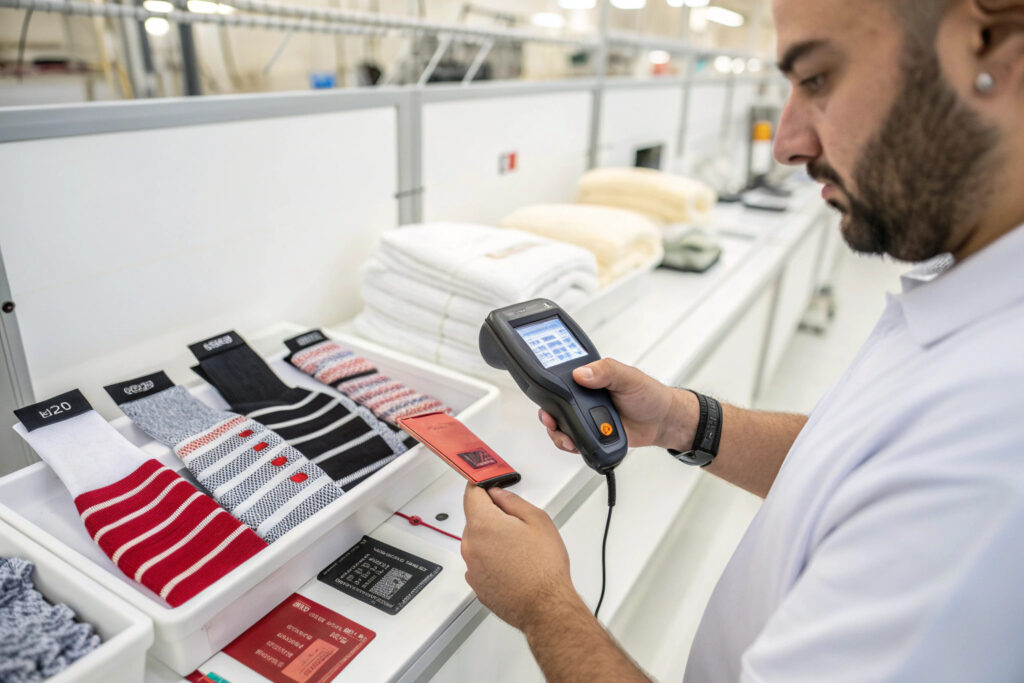
How Does QR Code Tracking Improve Buyer Confidence?
When buyers can independently scan a QR code to view real-time test results, they feel assured about product quality. This transparency helps in winning repeat orders. For example, linking codes to a supply chain management system or online quality certificate database builds trust faster than traditional email reports.
Can QR Codes Reduce Internal Quality Failures?
Yes. By assigning a QR code to every batch, you can quickly trace problems to specific machines, shifts, or operators. Using integrated tools like Barcode Scanner Pro or Zebra Technologies scanners accelerates root cause analysis and reduces repeat errors.
Best Practices for QR Code Integration in Manufacturing
Implementing QR code tracking in manufacturing requires a clear plan. First, determine what data each code should store—batch ID, raw material origin, test results, or logistics details. Then, choose a durable label material that can withstand handling, heat, and moisture during production.
Next, integrate QR code generation into your ERP or production management system. This ensures codes are created automatically as new batches start. Staff training is critical; workers must understand how to scan, read, and update QR code data in real time.
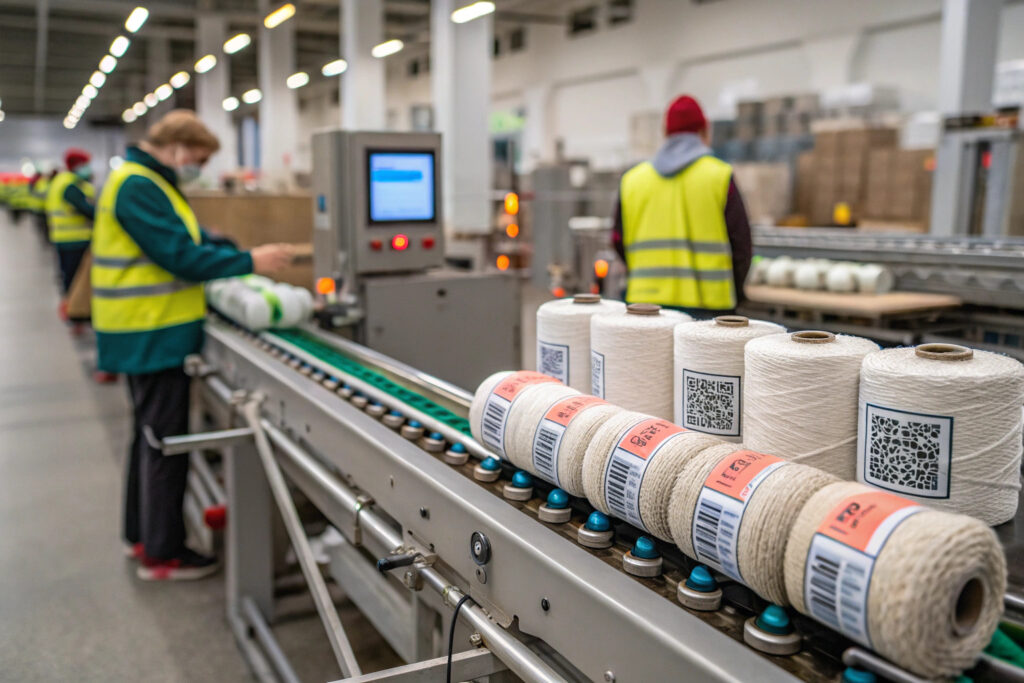
What Information Should a QR Code Contain?
At a minimum, include the batch number, production date, and inspection status. Advanced setups can link to a cloud-based quality database or IoT monitoring platform for live updates.
How to Train Staff for QR Code Usage?
Training should cover both technical use and why it matters for quality assurance. Partnering with GS1 for global standards or using online courses from Udemy helps speed up adoption.
How to Link QR Codes to Real-Time Sock Testing Data
The real value of QR codes comes when they are linked to live testing data. In our CNAS-certified lab, every sock batch goes through tests like colorfastness, shrinkage, and moisture-wicking performance. As soon as results are approved, they are uploaded to a secure database and linked to the batch QR code.
Buyers can scan the code using a smartphone to see not only pass/fail status but also detailed readings. This creates a shared digital record that’s harder to lose or falsify compared to paper reports.
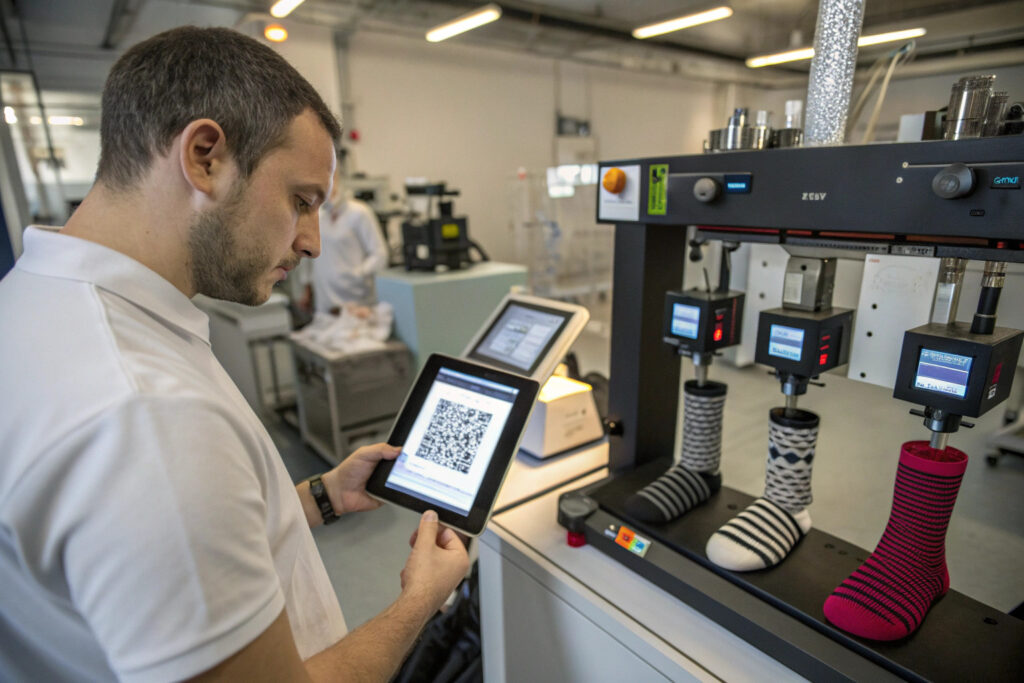
What Systems Can Sync Testing Data with QR Codes?
Platforms like Salesforce Manufacturing Cloud and Oracle NetSuite can integrate lab results with QR code records, ensuring data is updated instantly.
How Does This Help with International Compliance?
Countries like the U.S., Japan, and EU members increasingly require product traceability. QR code-linked data that includes lab reports can support compliance with ISO standards and REACH regulations.
Overcoming Common Challenges in QR Code Tracking
Like any digital system, QR code tracking has challenges. One common issue is label durability—codes can fade or get damaged during processing. Using heat-resistant and waterproof labels solves this. Another challenge is data security; storing sensitive supplier and test data online requires encrypted systems.
Connectivity can also be a problem in factories with poor internet coverage. Setting up offline scanning modes ensures data is captured and uploaded once the connection is restored.

How to Prevent QR Code Damage During Production?
Select label materials from suppliers like Avery Dennison or BradyID that are proven in industrial environments. Apply labels after the most damaging production stages where possible.
How to Secure Data Linked to QR Codes?
Implement multi-factor authentication and partner with secure cloud providers like AWS or Google Cloud to protect sensitive manufacturing and client information.
Conclusion
QR code tracking is more than a tech upgrade—it’s a shift in how we guarantee sock quality and build customer trust. By combining precise labeling, real-time data, and clear integration into production workflows, manufacturers can meet the high demands of global buyers while minimizing errors and delays.
If you want to produce socks or other garments with Shanghai Fumao and benefit from our advanced QR code quality tracking, contact our Business Director Elaine at elaine@fumaoclothing.com. We’ll help you develop products that meet your exact standards with transparency and speed.

